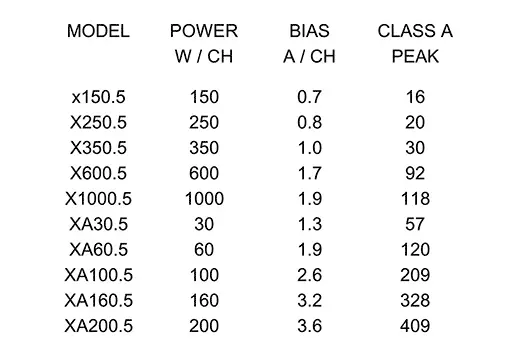You are splitting hairs, they call it ClassI but it's still a switching amp. Still not one of the under 20 pound items like today. And, unique to any other Levinson amp.
The No.53 uses what Mark Levinson calls a patented, multistage "very high speed switching amplifier technology," Interleaved Power Technology (IPT), which is claimed to offer significant advantages over prior switching-amp topologies.
In a conventional class-D amplifier, one output transistor connects the output to the positive voltage rail, another connects it to the negative voltage rail. It is very important that when one transistor is turned on, the other must be turned off and vice versa, otherwise the positive and negative voltage rails will be short-circuited and the amplifier will self-destruct. However, because one transistor will be turned off before the other is turned on, there will be a short period of "dead time" when
neither is turned on. This is analogous to crossover distortion in a conventional class-B amplifier.
ML's engineers set out to develop a
new PWM output stage designed to overcome these limitations. The transistors switching the positive and negative voltage rails to the load in Levinson's "class-I" topology are each connected to the load via a large air-cored inductor and to the opposite voltage rail via a diode. The result is a stable amplifier with an effectively doubled switching frequency. Modulating the duty cycle of the 500kHz switching frequency of each transistor results in a 1MHz PWM output signal but without producing anything like the usual amount of ultrasonic noise. So minimal are the ultrasonic artifacts in the No.53's output, it is claimed, that, rather than requiring a sonically degrading brick-wall filter, all that's needed to remove them is a simple notch filter.
The No.53 uses four interleaved class-I/IPT stages in a balanced bridge configuration, to produce an effective PWM switching frequency of 4MHz. This allows the No.53's signal bandwidth to be extended to 100kHz.
Four Subsections

